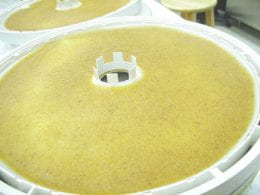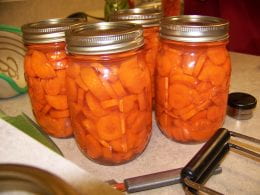
Looking to add more fruit into your diet? Use fresh berries to make fruit leather for a handy snack. Berries are in season, so now is a great time to make fruit leather.
When fruits are dried, moisture is removed which concentrates the flavor and caloric value. The same is true when the fruit is in the form of a leather. Fruit leather tastes sweet without additional sugar and are a good source of energy. Use as snacks (children of all ages love them) or include with hiking or camping supplies.
For instructions, go to the National Center for Home Food Preservation.
Source: Penn State University Food Preservation
